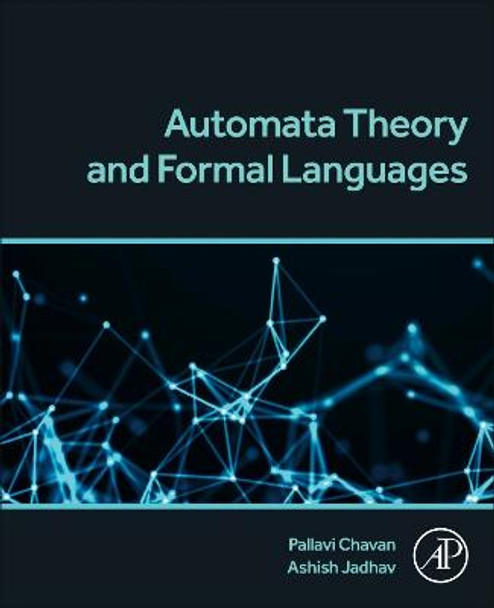Description
About the Author
Dr. Pallavi Vijay Chavan is Associate Professor in the Department of Information Technology, RAIT, D. Y. Patil Deemed to be University, NERUL, Navi Mumbai, India. During her 20-year carrier, she has worked on a variety of research topics, including Visual Cryptography, Image Processing, Intelligent Systems, Machine Learning and Analytics. She has taught core subjects at the undergrad level including DBMS, Theory of Computation, Artificial Neural Networks, and Soft Computing. Dr. Chavan is the author of dozens of research papers in international journals and conferences, including Springer, Elsevier, Inderscience and IEEE. Dr. Chavan is recipient of research grants from Mumbai University and is a member of ACM and ISTE. Dr. Chavan is the author of Automata Theory and Formal Languages from Elsevier Academic Press. Dr. Ashish Jadhav is Professor and Head of Department of Information Technology at Ramrao Adik Institute of Technology, D Y Patil Deemed to be University, Navi Mumbai, MH, India. He has over 34 years experience in industry, academia and research. He has industry experience in working on the technical track on projects related to Cybersecurity, Automotive software and Product Engineering Systems. He has contributed to the working groups for the development of international standard Autosar and other IEEE standards. In his academic engagement, he has published research work in the information theory, machine vision and machine learning domain with reputed publishers in journals, conferences and book chapters. Currently he is guiding 8 Ph.D. research scholars in similar domains. He completed his MS from Birla Institute of Technology and Science, Pilani, Rajasthan, India in 1991, and Ph.D. from Indian Institute of Technology, Kanpur, U.P., India in 1999 in Electrical Engineering.
Reviews
"The book provides a gentle and very practically oriented introduction to formal languages and automata theory. The regular languages, the context-free languages and the semidecidable languages are formally introduced and for the former two classes also several properties are discussed. Whenever constructions are presented, these are illustrated with full details with multiple examples. Exercises and multiple-choice questions are also provided at the end of each chapter to motivate the readers to check their progress. The solutions to the multiple-choice questions are provided at the end of the book to facilitate self-testing.... Overall, the book provides the basic definitions for the mentioned concepts with a very strong focus on actual use of the concepts. "Reading" and "writing" the introduced formal models is supported with endless examples that are provided with full details." --Andreas Maletti, zbMATHOpen
Book Information
ISBN 9780323917841
Author Pallavi Vijay Chavan
Format Paperback
Page Count 232
Imprint Academic Press Inc
Publisher Elsevier Science & Technology
Weight(grams) 500g






